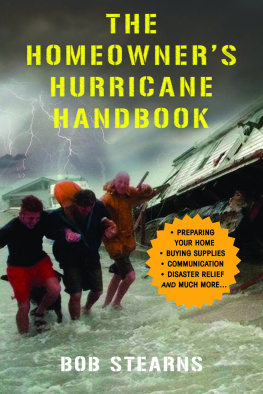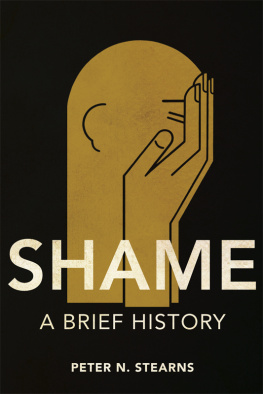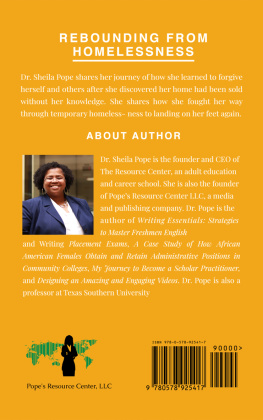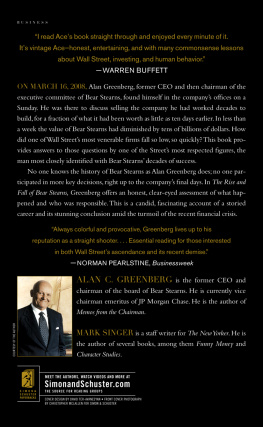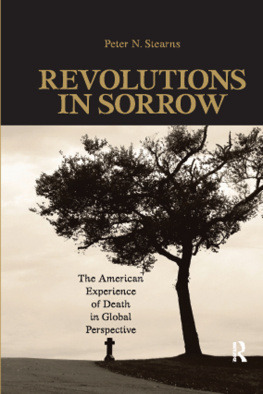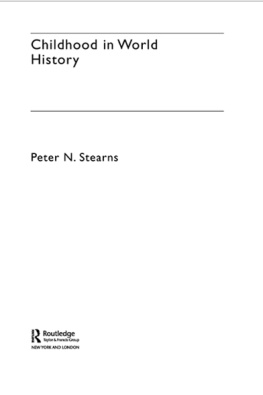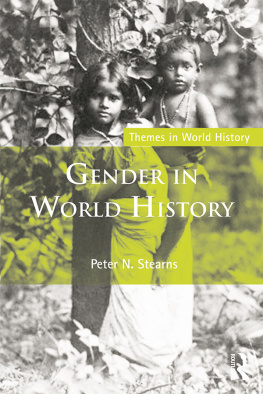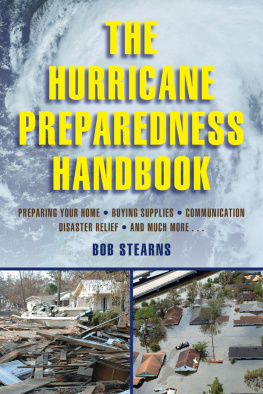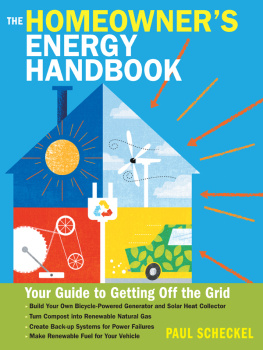Bob Stearns - The homeowners hurricane handbook
Here you can read online Bob Stearns - The homeowners hurricane handbook full text of the book (entire story) in english for free. Download pdf and epub, get meaning, cover and reviews about this ebook. City: New York, NY, year: 2009, publisher: Skyhorse Pub, genre: Romance novel. Description of the work, (preface) as well as reviews are available. Best literature library LitArk.com created for fans of good reading and offers a wide selection of genres:
Romance novel
Science fiction
Adventure
Detective
Science
History
Home and family
Prose
Art
Politics
Computer
Non-fiction
Religion
Business
Children
Humor
Choose a favorite category and find really read worthwhile books. Enjoy immersion in the world of imagination, feel the emotions of the characters or learn something new for yourself, make an fascinating discovery.
- Book:The homeowners hurricane handbook
- Author:
- Publisher:Skyhorse Pub
- Genre:
- Year:2009
- City:New York, NY
- Rating:5 / 5
- Favourites:Add to favourites
- Your mark:
- 100
- 1
- 2
- 3
- 4
- 5
The homeowners hurricane handbook: summary, description and annotation
We offer to read an annotation, description, summary or preface (depends on what the author of the book "The homeowners hurricane handbook" wrote himself). If you haven't found the necessary information about the book — write in the comments, we will try to find it.
The homeowners hurricane handbook — read online for free the complete book (whole text) full work
Below is the text of the book, divided by pages. System saving the place of the last page read, allows you to conveniently read the book "The homeowners hurricane handbook" online for free, without having to search again every time where you left off. Put a bookmark, and you can go to the page where you finished reading at any time.
Font size:
Interval:
Bookmark:
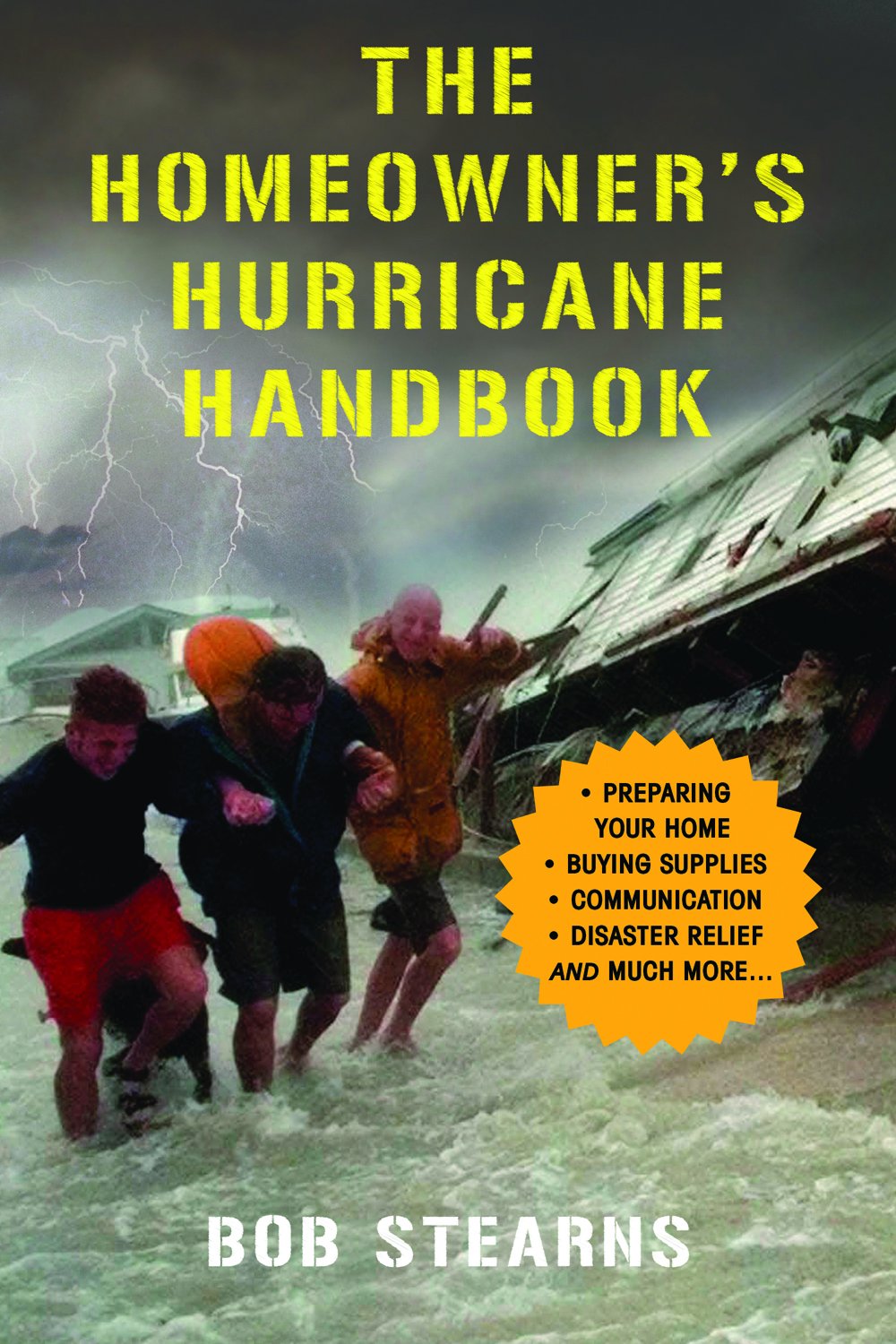
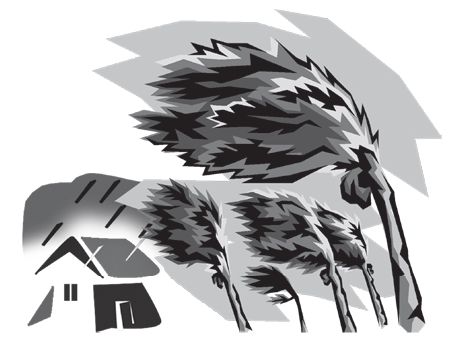
Following Hurricane Betsy in 1965, Miami, Florida enjoyed 22 hurricane free years, suffering nothing worse than a weak tropical storm or two, and a few near misses with hurricanes that passed well to the east as they re-curved northward. This is far below the statistical probability for the area, and many of us feared that eventually law of averages would be reasserted.
During this lull, local home builders successfully lobbied for less stringent building codes, insisting that hurricanes do not come here any more. Up until then Miami-Dade County had the strongest windstorm building codes in the world, but they were being systematically weakened, nibbled away bit by bit. By 1992 weak codes, along with lax code enforcement, and in some cases shoddy construction, set the stage for a disaster of epic proportions.
Sure enough, disaster responded to this open invitation in the form of Hurricane Andrew. The 1992 hurricane season had been unusually slow up to this point, and then Andrew formed in the eastern Atlantic on August 16 as a tropical depression in an area that has historically spawned a great number of very strong hurricanes. By August 20, Andrew had grown into a Category 1 hurricane with 75 mph winds. Strengthening continued, and on August 23 it was declared a Category 5 with 175 mph winds. Now a monster storm, it traveled northwestward to just east of the Bahamas before turning due west toward south Florida. The eye eventually came ashore in south Florida with 165 mph winds and a storm surge of 16 to 18 feet.
I had just returned from two weeks in Alaska to learn that Andrew was expected to hit Miami in three days. Fortunately long before then, because of a hurricane threat some years earlier, I already had pre-cut pieces of heavy plywood to fit all the windows in my house and stored them in the garage. By late afternoon of August 23, just hours before Andrews expected arrival, every window was covered and all other preparations were completed.
We did not have long to wait. Shortly after dark the winds began to increase and rain squalls began coming ashore. By midnight Andrew was upon us; the power was out (which would last for a week) and the winds had already increased to over 100 mph in gusts. Each new gust seemed to reach a higher velocity with a corresponding increase in noise. By 4 a.m. the wind was roaring like a 747 with all engines revved to the max, as if it were trying to push its way through the front of the house! Everything was shaking; tree limbs were flying around like missiles, banging into the plywood window covers like sledge hammers.
Stronger and stronger squalls began to come more frequently, each one increasing in both intensity and duration. High-velocity winds drove the rain horizontally with the power of a fire hose, forcing water through every opening it could find. About this time I briefly peeked into the garage and saw the big steel door bulging substantially inward with each gust. At this point I could not see how it could get any worsebut it did. The noise and pounding kept escalating to levels that made it almost impossible to think. Even though my house was built in 1968 to the older, more stringent Miami-Dade County code, I nevertheless became very fearful that it could not stand up to this intense abuse.
Andrews fury peaked at my house around 5 a.m. with gusts that likely exceeded 150 mph. Just a few miles south of me the strongest surface gust was unofficially measured at 212 mph, just before the building and anemometer were destroyed.
Daylight finally began to penetrate the thick clouds around 630 a.m., and by then it was obvious the worst was over. Two hours later the winds had decreased to less than 30 mph. It had been the longest, most terrifying night of my entire life!
I was very, very lucky. If my windows had not been properly protected, one or more would surely have imploded and the full strength of the storm would have been inside my house with immediate catastrophic results. Or, if that heavily braced big steel garage door had failed, the outcome would have likely been the same. The roof might not have held in spite of all the heavy tiedown straps. Also fortunately, I had replaced the roof shingles only a year earlierso they held. If they had come off I would have had a house full of water.
At one point during the peak of the storm, a very large black olive tree on the other side of the street split in two at the point where the trunk forked, and that half of the tree landed just a few feet from my front doortruly a disaster narrowly averted.
Although Andrew was small in size, it was still an extremely intense hurricane with its most destructive winds largely confined to a band that measured just a little over 20 miles wide in its northern semicircle. The eye came ashore near Homestead, 25 miles south of Miami, and passed right over the Turkey Point Nuclear Power Plantless than 18 miles south of my house. The building that houses the reactors, designed to withstand winds in excess of 225 mph, was fortunately never breached.
Hurricane Andrew is so far only the third Category 5 storm to make landfall in the U.S. since accurate records have been kept. It was also the first multi-billion dollar hurricane, doing almost 41 billion dollars worth of damage and claiming 39 lives in Florida and Louisiana. To this day, only Hurricane Katrina in 2005 was more costly ($89.6 billion, 1,833 lives) when it hit the northern coast of the Gulf of Mexico. Most of this was due to extensive flooding in New Orleans. Katrina was only a Category 3 with 125 mph winds at the time, but as always in these situations most of the real damage and loss of life was caused by water.
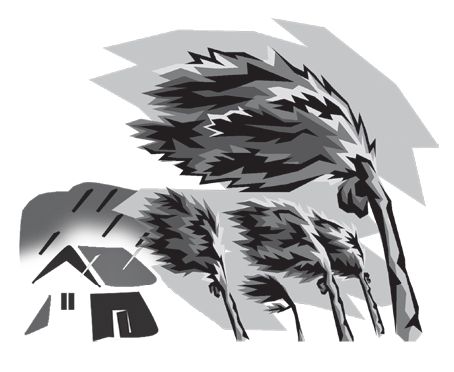
If you live within 100 miles of the Atlantic or Gulf of Mexico coast, you are very much at risk when a major hurricane comes ashore in your area. The closer to the coast, the greater the risk. But if you understand what hurricanes are, how the warning system works, and how to prepare for them, your odds of survival increase enormously. The same goes for your ability to protect your property.
Ever since modern man evolved on this planet, severe hurricanes have proved over and over again to be the single most catastrophic event nature has thus far sent our way. They are worse than tornadoes (which can be stronger but are far smaller and much more short-lived); even worse than tidal waves (tsunamis), earthquakes, or volcanic eruptionsat least those we have experienced since the beginning of recorded history. It doesnt matter whether you call them hurricanes, typhoons, or tropical cyclones, over the course of history these huge, extremely violent windstorms have caused more human deaths and more widespread damage than almost all other natural disasters combined.
Some terrifying examples: As recently as November 13, 1970, an extremely severe tropical cyclone slammed into the lowlands of East Pakistan (now known as Bangladesh), killing at least 500,000 people. Some unverified estimates raise the number to almost one million. A storm on October 7, 1737, did the same in Bengal, India, causing more than 300,000 human deaths. And yet another 300,000 or more unfortunates were also killed in Hiapong, Vietnam, in 1881.
Font size:
Interval:
Bookmark:
Similar books «The homeowners hurricane handbook»
Look at similar books to The homeowners hurricane handbook. We have selected literature similar in name and meaning in the hope of providing readers with more options to find new, interesting, not yet read works.
Discussion, reviews of the book The homeowners hurricane handbook and just readers' own opinions. Leave your comments, write what you think about the work, its meaning or the main characters. Specify what exactly you liked and what you didn't like, and why you think so.

